Qi (Pinyin) or Ch’i (Wade-Giles) is written 氣 or 气 (more simplified version of qi) and is pronounced “Chee” in Chinese Mandarin and is pronounced Ki (“Kee”) in Korean and Japanese. The character is made up of two parts, one for uncooked rice and one meaning air, steam or vapor. Cooking rice involves three aspects of qi-the solid form (rice), the liquid form (water) and the gas form (steam). I often tell my students that you get energy from the food you eat and the air you breathe.
Qi can have several meanings depending on the context and is most commonly translated as energy or life force. In India this similar concept is called Prana and the ancient Greeks called it Pneuma. The thought being that one qi makes up and permeates everything in the universe. This qi can be condensed to take on many forms, including us as humans. The Daoists (Taoists) spoke of one energy that is expressed differently to form everything in nature. They also observed that the energies seen outside in nature and in the universe were also found inside our bodies. Much of Chinese medicine takes this interconnection of the universe and our bodies into consideration.
The condensed qi has different expressions of life, while death can be thought of as dispersed qi. When a person dies their qi disperses back into the universe. Another meaning of qi is breath or air. As we get older our breathing tends to be more shallow and as we approach death one can observe the breath getting more and more shallow until it stops. This is why so many practices emphasize deep breathing and returning to the way we breathed naturally as babies.
Air has its own energies like ions, ozone, moisture, wind, etc. and our breathing and bodies transform things like oxygen and negative ions to nourish our cells.
On my first trip to China in 1988, a young boy knocked on my door and said, “Shushu wo yao qiqiu!” First, I thought, oh that’s cute, he’s calling me uncle. Then I thought, okay, he wants a qiqiu.
I had not learned much Mandarin yet and I could see his frustration when I told him I did not understand in Chinese. He kept repeating it over each time a little slower until I made it clear that I did not know what qiqiu meant. He then mimicked blowing up a balloon and I got it. Qi (air) qiu (ball), of course! I had given a bunch of kids balloons the day before, and somehow this kid found where I was staying to ask me for one.
As energy, qi can be heat, light, gravity, electricity, radiation, nuclear, chemical processes, motion and other forms of vibrations and wave energies. As mentioned earlier, these energies are found in the universe and in our bodies. Qi can be stored or used to make things work or move. Some energy sources may both benefit and hurt everything and everyone.
Nature just like our bodies will try to balance itself from many of these sources. Obviously hurting the planet’s qi will hurt our qi, but I don’t think we actually fully understand all the subtleties and ramifications. As a result we will probably see more dispersal of qi at different levels of our body, mind and spirit.

Renewable sources of energy like solar, wind, hydropower, geothermal heat from inside the earth, and biomass from plants are more likely to be less harmful to the environment and all life.
The nonrenewable energy sources like petroleum, natural gas, coal, nuclear and hydrocarbon gas liquids are understood to be less friendly to the environment and have shaped the modern world as we know it both positively and negatively. Close to 90% of the energy consumed in the United States are from nonrenewable sources. Given the overpopulation of humans in relation to the earth’s resources even renewable sources are not 100% without some harm, but it is common sense that we would want to move towards increasing our use of renewable energy sources.
From a Chinese medicine perspective one could say that our bodies also have renewable and nonrenewable sources of energy. There is postnatal qi which is our main source of renewable energy and prenatal qi which is more like nonrenewable energy.
We can renew our postnatal (afterbirth) qi with food, water, air, sleep, exercise, etc.. Our nonrenewable energy or prenatal (before birth) qi is more at our core influencing our aging process, life span and overall vitality and is harder to renew. Most practices that help our prenatal qi are about conservation and preservation.
Like the fossil fuels found in the earth’s core, our body has these deeper energy stores. The nonrenewable energy taken from the earth can energetically affect the similar energies in our bodies. Our bodies use up more of our reserves through overexertion, not sleeping at night, skipping meals, and other extreme behaviors, activities and traumas.
These effects will be felt differently depending on your constitution (the charge you were given at birth) and your lifestyle choices. Some of us with weaker batteries or constant stress will feel the drain of this source energy more than others. Ancient philosophers, doctors and scientists have all studied qi in its various forms, and although the language and context may vary, there are certain universal principles that cannot be denied.
Hopefully we can continue to find a common language to help us understand the connections between the body, mind, spirit and the universe and trust in the qi that is much greater than us. Imagine if we paused with every decision to consider the effects each one has on our health and the health of the planet.
Practices like Qigong, Meditation, Yoga, T’ai Chi and other Martial Arts, Dance, Music, Art as well as many other focused, intuitive and creative practices can increase your awareness of the qi both inside and outside your body and provide you with a sensitivity that you can harness for a healthier lifestyle and a more balanced universe.
References: https://www.eia.gov/energyexplained/index.php?page=about_home
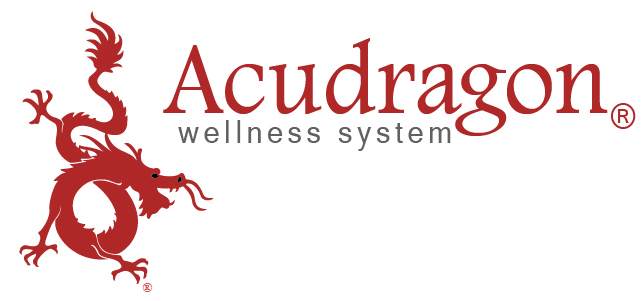
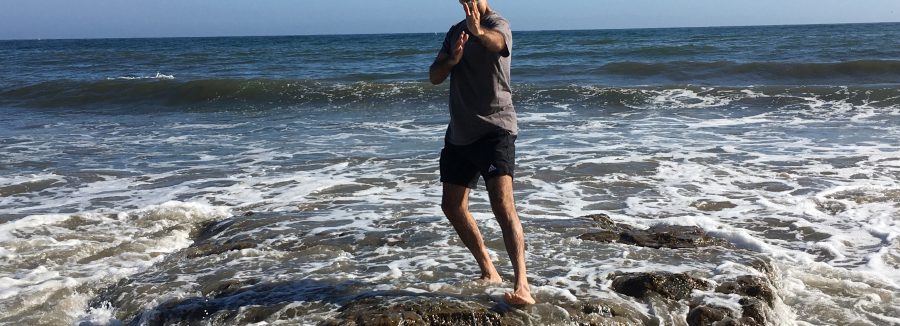


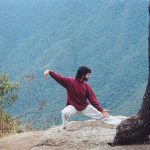


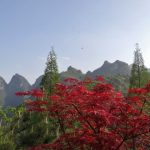




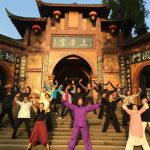
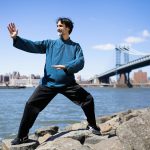

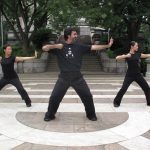
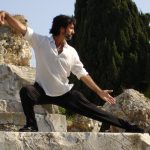




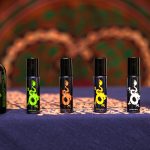
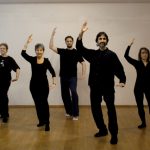


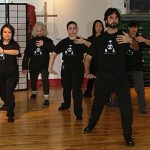
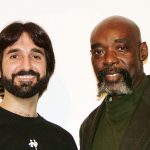



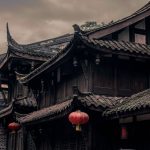
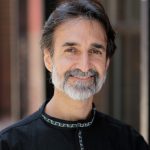


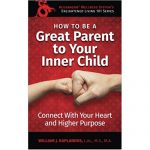

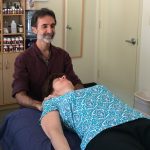





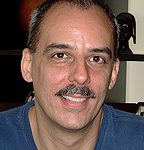




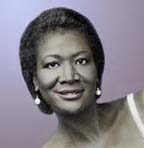





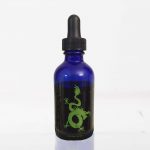


Recent Comments